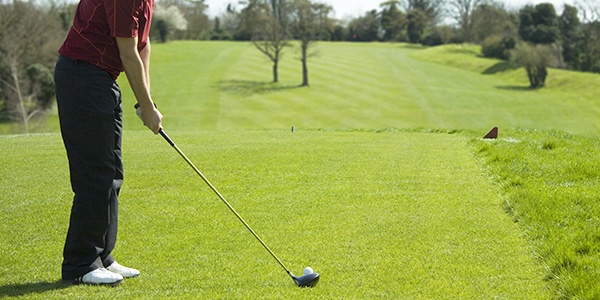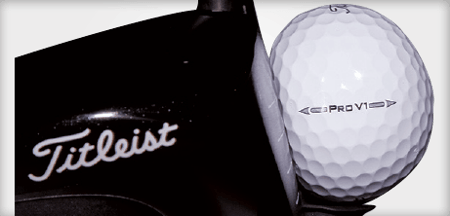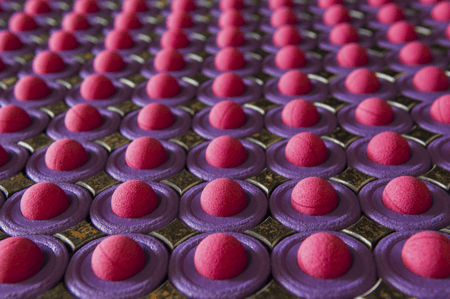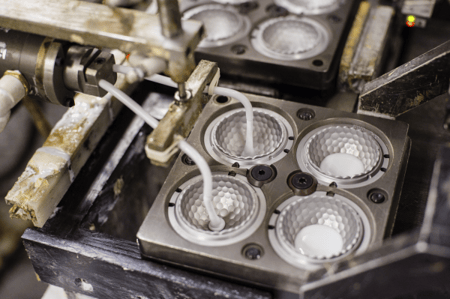
We all want to be like the golfers we see on TV, smashing the ball down the fairway then spinning an iron to within feet of the pin. While many of us may never be able to compete with Tour pros in terms of skill, we can at least play the same equipment. But should we? The golf balls used by professional golfers have been engineered to the specifications required by those competing at elite levels. For the average golfer, playing these balls might not only provide little benefit, but may actually hinder performance. So, how do you know exactly what ball you should be playing? Well, there are a few key factors to consider when shopping for the perfect golf ball.
Core Compression
For decades, golf balls have been manufactured with solid cores featuring a durable rubber composition. Upon contact with a club, these cores compress before exploding off of the club face. It is this action that is responsible for creating distance off the tee. The harder the core, the more difficult it is to compress and thus generate distance. While the pros on Tour swing with speeds well in excess of 100 mph, the average golfer typically swings much slower. This means that while Rory Mcllroy has no problem compressing the core of Tour-level balls, Joe Schmo may need a softer core golf ball to create similar compression and generate the most distance possible.
 Photo cred: http://www.bunkersparadise.com/
Photo cred: http://www.bunkersparadise.com/
Number of Pieces
Most modern golf balls feature three pieces: a core, a mantle layer, and an outer cover. Some balls go one step further, constructing the core using two pieces for a total of four different layers. The difference in these designs is all about generating spin. The job of the mantle layer is to grip both the outer cover and the inner core to prevent the slipping that can occur in older two-piece golf balls. This helps players maximize the spin they can place on the ball. In four-piece golf balls, like the Titleist Pro V1x, this spin is taken to the extreme providing the ‘drop-and-stop’ action you see on the weekend broadcasts. While this may be useful around the greens it can also exaggerate a players slice or hook, meaning a lot more golf balls lost in the woods.
 Photo cred: http://www.golfwrx.com/
Photo cred: http://www.golfwrx.com/
Cover Material
The final aspect to consider when looking for a golf ball is the material used to make the cover. The two most common cover materials you will see are ionomer; made of plastic, and urethane; a soft, rubbery material. Ionomer covers help to reduce excess spin which is helpful in mitigating the slicing and hooking of higher-handicap golfers. Balls with a urethane cover are better suited towards low-handicap golfers. These balls tend to be long off the tee and very responsive around the green. They also enjoy the added benefit of high launch, low spin, and more roll on the ground.
 Photo cred: http://www.golfwrx.com/
Photo cred: http://www.golfwrx.com/
Changing your golf ball can be one of the easiest ways to improve your game. Try experimenting with different makes and models to see which fits your game the best. LostGolfBalls.com offers an excellent tool to discover exactly what ball you should be playing. Let us know what you love about your favorite ball in the comment section below.
